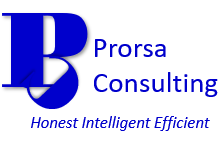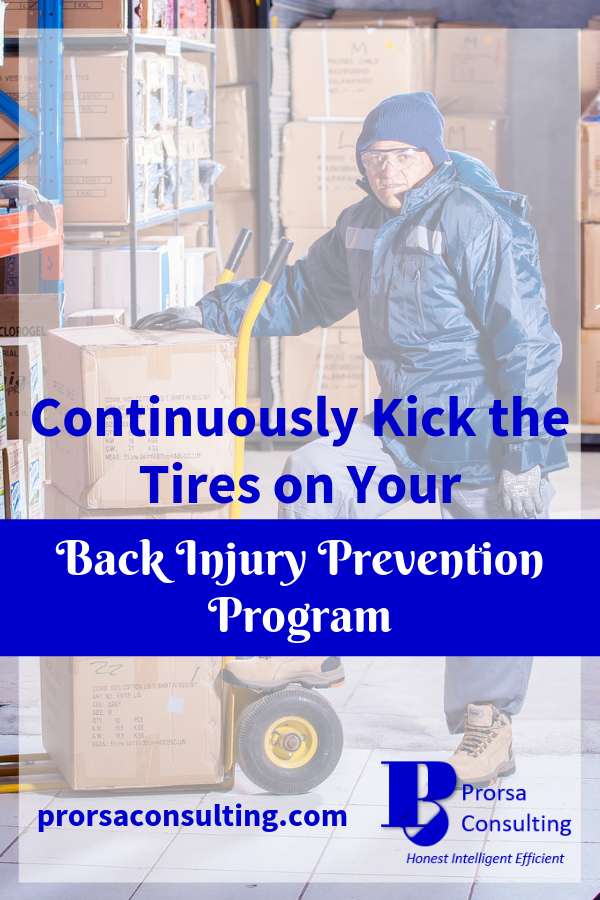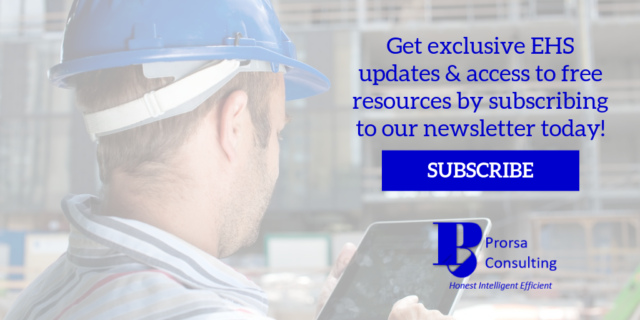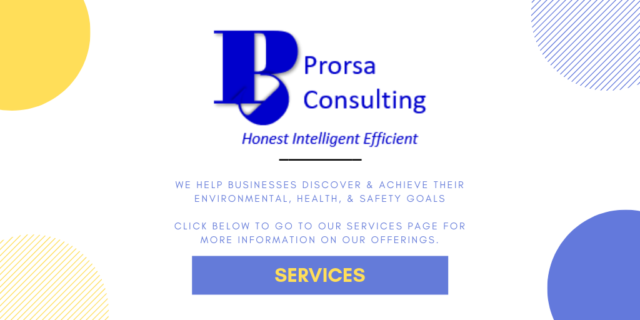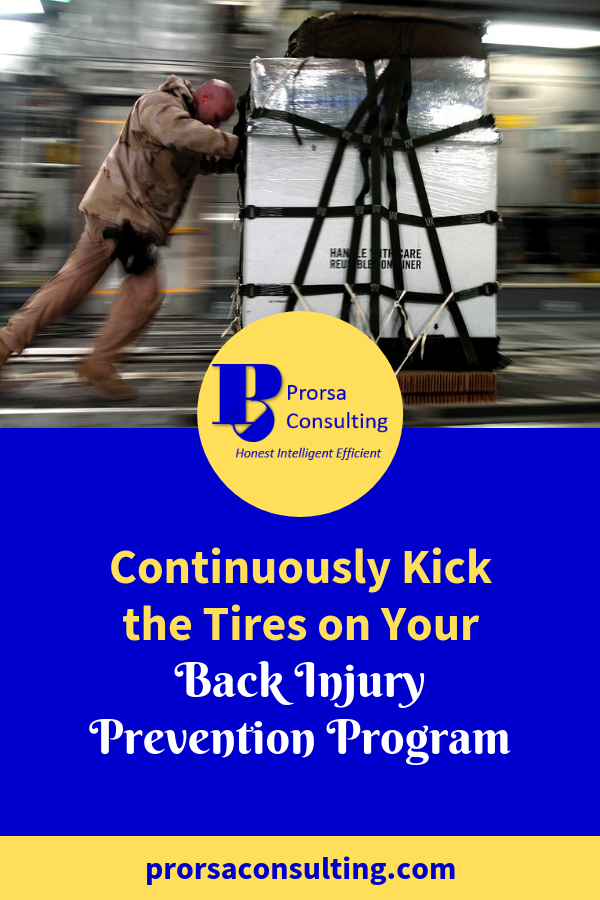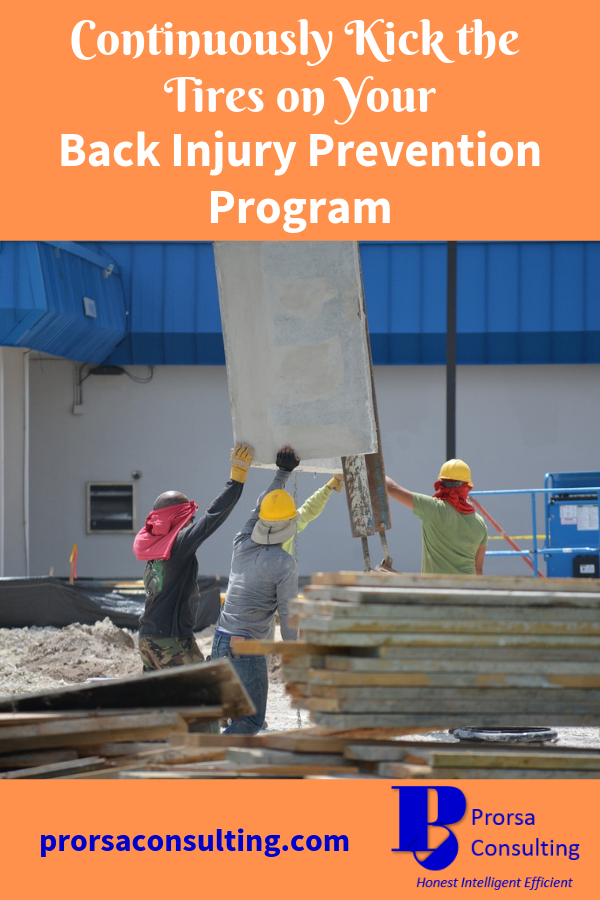Continuously Kick the Tires on Your Back Injury Prevention Program
By : Admin -
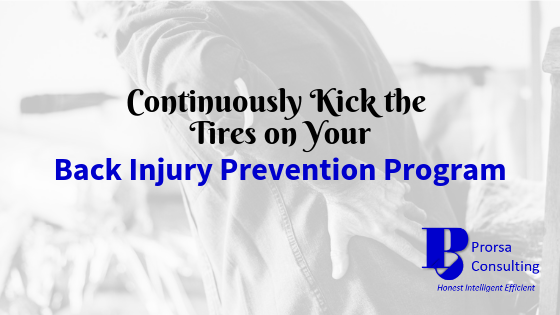
Back injuries are no laughing matter when it comes to the workplace. Moreover, back injury prevention should be at or near the top of the list of injury prevention efforts for safety management programs.
According to the Bureau for Labor Statistics’ (BLS) 2017 data on Injuries, Illnesses, and Fatalities, 148,780 back injuries requiring days away from work occurred in private industry. In fact, backs were the most injured body part associated with lost time incidents during the period.
Keep reading to discover the items you should have or at least consider for your back injury prevention initiatives.
Disclaimer: Please be aware that this blog post may contain affiliate links and any purchases made through such links will result in a small commission for Prorsa Consulting (at no extra cost for you). Feel free to visit our Disclosure of Material Connection page for more information.
Back Injury Prevention – Worker Fitness
Strong back muscles leave the back less prone to injury. These muscles when exercised regularly develop muscle memory around movement and can handle more stress than weaker muscles.
As such, back muscles need exercise as part of an employee’s overall fitness regimen. Additionally, workers should never try to perform manual lifting, lowering, pulling, or pushing without warming up these muscles.
Stretches serve as an excellent way to strengthen and warm up back muscles. They often help reduce minor to moderate back pain, as well.
Check out this slideshow from the Mayo Clinic detailing some easy back exercises to benefit your workers and help reduce their chances for workplace back injuries.
Moreover, worker fitness for manual material handling (MMH) tasks also should be assessed through a pre-employment screen or on-the-job physical ability test.
As an employer, you should never put an employee in the position of performing a task for which he/she is physically incapable.
Back Injury Prevention – Hazard Recognition
Just like most injuries, workplace back injuries usually occur when a hazard goes unrecognized or underestimated.
The hazards associated with workplace back injuries may not always seem apparent to workers. Thus, back hazards require special attention to make certain employees have the proper awareness.
Signage and pictorial work instructions posted in work areas with frequent MMH can start to increase individuals’ focus on hazards that may cause a back injury.
Additionally, organizations should encourage workers to engage in personal risk assessment activities prior to beginning work tasks in order to give hazards the proper attention they are due.
Whether you have a mature back injury prevention program, or you are are just beginning to create on, lifting hazard signs and posters can greatly help with employee awareness. Click the “signs and posters” link to check out what’s available at eSafety Supplies, Inc.
Back Injury Prevention – Proper MMH Techniques
MMH can put undue stress on back muscles, especially when movements are performed in a manner that causes the back to tense.
Therefore, back injury prevention must include the use of proper manual lifting, lowering, pushing, and pulling techniques to protect workers from harmful workplace back injuries.
Lifting
Proper lifting entails the following steps:
- Make sure you have given the lift adequate thought and planning during your personal risk assessment.
- Stand close to the load facing it.
- Take a wide stance with firm footing.
- Bend at the knees to lower yourself to the load.
- Tighten your abs in preparation to lift.
- Lift in a smooth motion with your legs keeping your back straight.
- Keep the load close to your body while carrying it.
- Use your legs and feet to turn/change direction if needed . . . Never twist your back.
- Never proceed to perform a manual lift alone if you are uncertain you can perform it safely. When in doubt, get help.
Lowering
Perform proper lowering as follows:
- Properly assess risk through the use of a personal risk assessment.
- Come to complete stop with the load held close.
- Ensure firm footing before attempting to lower the load.
- Take a wide stance with your feet.
- Keep abs tight.
- With your back straight, bend at the knees to lower the load in a smooth motion while staying close.
- Once the load has been securely lowered, lift your body to a standing position with your legs.
- Again, don’t hesitate to get help when needed.
Pushing
When performing a manual push, follow the steps below:
- Always start with a personal risk assessment.
- Stand with the load to be pushed in front of you, facing in the direction you wish to go.
- Flex at the knees a little, but keep the alignment in your hips, back, and shoulders.
- Tighten your abs.
- Place your hands on the load and flex your arms, keeping them as relaxed as possible.
- Use your body weight and legs to push the load forward.
- Take small, smooth steps to protect you back.
- Ask for assistance if you have a load heavier than is safe to push yourself.
Pulling
Check out the steps below to pull a load:
- Perform a brief personal risk assessment.
- Face the load to be pulled.
- Bend your knees and grasp the load.
- Keep your arms straight and your back relaxed.
- Leaning slightly, walk backward, using your body weight to pull while maintaining a firm grasp on the load.
- Do not twist your body during the pull.
- As with other MMH techniques, get help when you need it.
Back Support Belts
During manual lifting, the use of back support belts may be appealing to employees. They can provide the back with reinforcement during MMH operations.
However, over time with repeated use of these belts may result in a weakened back, as muscles become accustomed to the support. This can increase the potential for workplace back injuries in the future.
Ensure workers are fully informed of the benefits and drawbacks of back support belts, so educated decisions can be made regarding their use.
Back Injury Prevention – Mechanical Aids
Even following proper MMH techniques, there will be loads that are simply too heavy to handle without the assistance of mechanical devices and equipment.
Mechanical equipment also helps level the playing field among varying degrees of worker fitness, as the employee’s physical effort to perform an MMH task can be eliminated or greatly reduced.
Equipment like hand trucks, elevators/dump waiters, lift tables, chutes, hoists, and conveyors, can aid in reducing the stress put on back muscles while performing MMH tasks.
As such, these or similar mechanical devices should be made readily available in work areas were MMH is the norm.
In addition, employees should be trained on the proper and safe use of such equipment along with the associated hazards.
Back Injury Prevention – Assess MMH Demands
Does your workflow process actually increase the amount of stress put on workers’ bodies during MMH, leaving them at greater risk for workplace back injuries?
In order to answer this question, you will need to perform an adequate assessment of MMH demands in your site’s work areas.
You should consider several items during the evaluation:
- Does your workflow require workers to handle loads multiple times?
- Do you have lots of loads subject to MMH that are at the maximum allowable weight for a 1-person manual lift?
- Is the majority of the MMH lifting (most stressful) rather than pulling, pushing, and lowering?
- Are your MMH travel distances long?
- Does the workflow require the completion of repetitive MMH within a small window of time?
If you answered “yes” to any of these, then your workflow process probably puts some repeated stress on workers’ backs, especially when assessed over the length of a full workday.
Therefore, your site should work to reduce the MMH demands placed on employees where possible:
- Reduce repetition and travel distances.
- Use mechanical devices to eliminate MMH.
- Modify to less strenuous MMH body movements, i.e. pulling and lowering.
- Split loads in half to reduce weights and potential back stress.
- Give adequate time to perform MMH tasks, as quicker paces can lead to unwanted twisting, reaching, & bending that can cause injury.
Back Injury Prevention – Assess MMH Conditions
MMH demands and the work area conditions employees must navigate for successful task completion go hand-in-hand.
Proper work area layout and equipment can make all the difference for effective back injury prevention.
Consider items such as the following when analyzing work area conditions for MMH:
- Are work materials and tools outside of the easy reach of workers (i.e. is stretching or bending required to retrieve materials or tools)?
- Do spaces restrict worker ability to move and turn safely?
- Are there loads that hard to access?
- Can gripping loads be challenging for workers (i.e. no handles, slings, hooks, etc. to assist workers)?
- Could load container integrity and/or load balance during MMH become a problem for workers?
- Does housekeeping and /or lighting present hazards to employees during MMH operations?
Again, a “yes” response to any of these questions indicates an opportunity to improve the MMH work area conditions at your facility.
Conditions should be such that workers avoid dangerous movements with the potential to cause workplace back injuries during MMH. Therefore, conditions causing undue bending, twisting, jerking, reaching, etc. should be eliminated.
Moreover, slip, trip, fall hazards should be addressed, as employees often will make dangerous movements when trying to right themselves during a slip, trip, fall event.
You can start to address MMH conditions by giving attention to the following:
- Make certain all work items and loads are easily accessible.
- Provide plenty of space in work area design to accommodate the necessary movement of workers engaged in MMH.
- Ensure areas remain free of clutter, debris, obstructions, etc. and are well lit.
- Ensure loads are properly packaged to minimize shifting/unbalancing and container collapse during MMH.
- Provide gripping assists like handles, slings, hooks, etc. for firm grasping of loads.
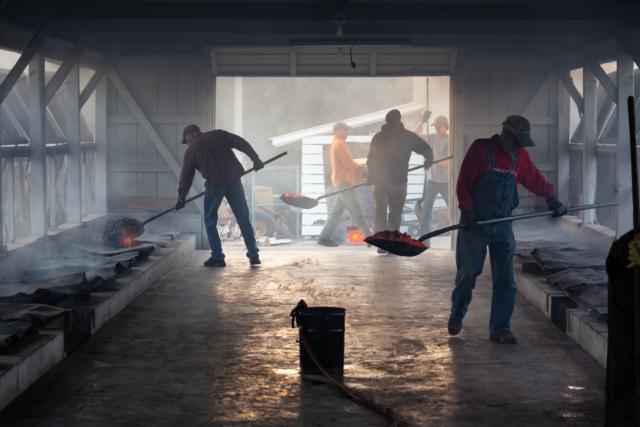
Image by: Stephen Philpott at Unsplash.com.
Back Injury Prevention – Worker Comfort
Worker comfort also serves as a key ingredient for back injury prevention. Tensing muscles, including in the back, are an instinctive reflex when dealing with uncomfortable situations.
Ambient Temperatures
Ambient temperature has a substantial impact on physical comfort. Workers tire more easily in hot conditions, increasing the chances for workplace back injuries.
In cold conditions, the body’s blood flow directs to vital organs, leaving the extremities with less blood. This decreases movement efficiency, as the remaining blood flow may not fully sustain the demand put on muscles during MMH.
As such, hot and cold working conditions should be mitigated as much as feasible. Don’t perform MMH operations in extreme temperatures.
At moderate temperatures, allow for frequent breaks in the cool or warmth, as applicable, and ensure workers remain hydrated.
Work Clothing
Furthermore, ill-fitting work clothing can make employees uncomfortable during work tasks, putting workers at greater risk for workplace back injuries.
Tight fits can impede worker movement. Too loose of a fit could create additional hazards from hanging clothing that may get caught on a load or piece of equipment.
In either case, ill-fitting clothing detracts from an employee’s attention to the task at hand.
Make workers aware of the dangers ill-fitting clothing can cause during MMH. Additionally, organizations should consider and include safe, sensible work clothing requirements in their internal policies.
Back Injury Prevention – Training
No back injury prevention initiative would be complete without adequate employee training.
Training provides workers with the proper knowledge to complete MMH safely and efficiently.
Back injury prevention training should include topics such as:
- The importance of worker fitness
- Sample exercises to increase back strength
- Proper MMH techniques
- The proper use of mechanical devices to assist with material handling
- How to recognize potential hazards that may result in back injury
- Benefits and drawbacks of back support belts during MMH
- Task-specific standard operating procedures and practices, as applicable
- Rules on work clothing, as pertinent to MMH
- The importance of timely back injury reporting
At a minimum, training should be provided upon initial hire or rehire, job transfer, as applicable, and periodically through refresher training.
Final Thoughts
Workplace back injuries can have a debilitating effect on injured employees, as well as, a site’s safety performance.
Having and executing a plan for back injury prevention helps ensure a healthy and safe workplace.
Yet, this sort of initiative is not a one and done; it requires continued assessment and attention to make certain workers’ backs stay safeguarded.
We encourage your feedback on this blog’s content. Be sure to like and/or share below. You can also give us your feedback via our Contact Us page.
Don’t forget to follow Prorsa Consulting on LinkedIn, Pinterest, and Twitter.
Feel free to email contact@prorsaconsulting.com with any questions on our services.
How would you like to have access to additional, exclusive EHS updates & info from Prorsa Consulting? Just signup for the Prorsa Consulting Newsletter below. You’ll get access to our Free Resources area and all the tools, templates, and presentations in the library. Get your free subscription today!
